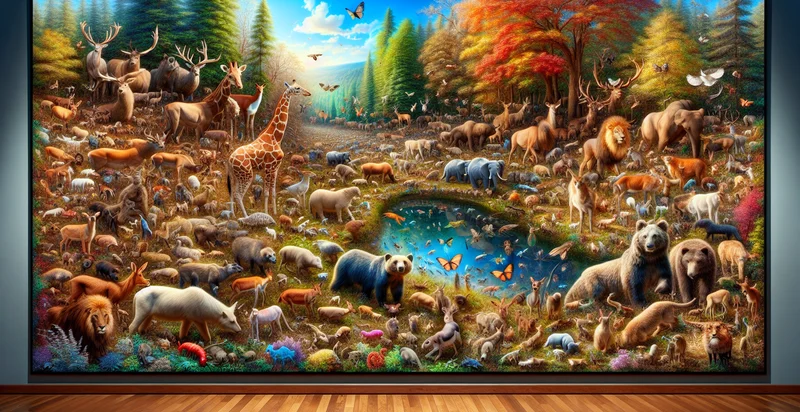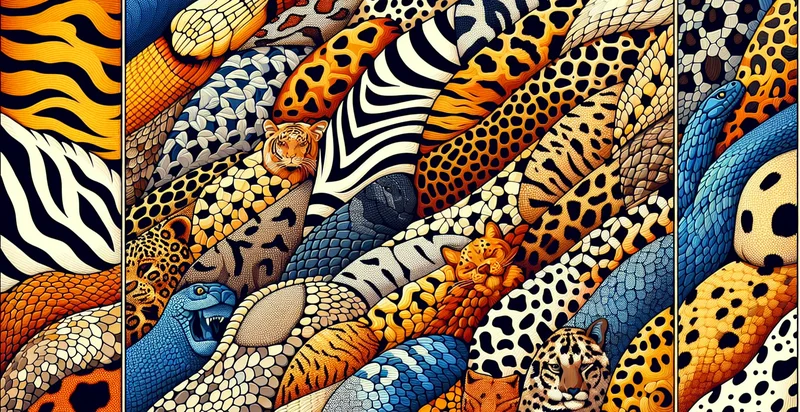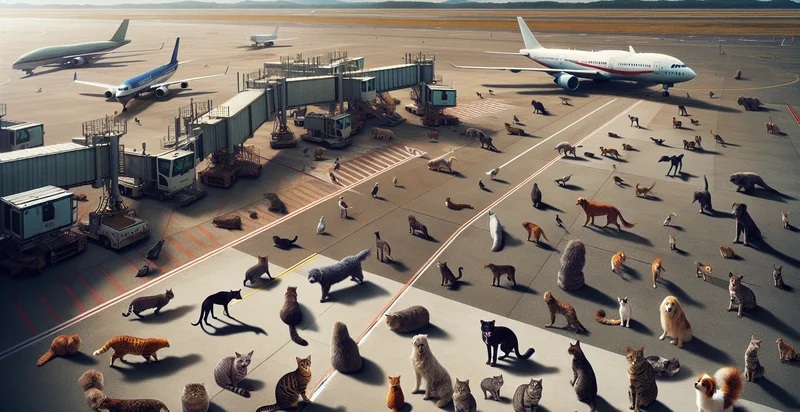Identify animal presence
using AI
Below is a free classifier to identify animal presence. Just upload your image, and our AI will predict whether an animal is present or not - in just seconds.

Contact us for API access
Or, use Nyckel to build highly-accurate custom classifiers in just minutes. No PhD required.
Get started
import nyckel
credentials = nyckel.Credentials("YOUR_CLIENT_ID", "YOUR_CLIENT_SECRET")
nyckel.invoke("animal-presence-identifier", "your_image_url", credentials)
fetch('https://www.nyckel.com/v1/functions/animal-presence-identifier/invoke', {
method: 'POST',
headers: {
'Authorization': 'Bearer ' + 'YOUR_BEARER_TOKEN',
'Content-Type': 'application/json',
},
body: JSON.stringify(
{"data": "your_image_url"}
)
})
.then(response => response.json())
.then(data => console.log(data));
curl -X POST \
-H "Content-Type: application/json" \
-H "Authorization: Bearer YOUR_BEARER_TOKEN" \
-d '{"data": "your_image_url"}' \
https://www.nyckel.com/v1/functions/animal-presence-identifier/invoke
How this classifier works
To start, upload your image. Our AI tool will then predict whether an animal is present or not.
This pretrained image model uses a Nyckel-created dataset and has 2 labels, including Animal Present and No Animal Present.
We'll also show a confidence score (the higher the number, the more confident the AI model is around whether an animal is present or not).
Whether you're just curious or building animal presence detection into your application, we hope our classifier proves helpful.
Related Classifiers
Need to identify animal presence at scale?
Get API or Zapier access to this classifier for free. It's perfect for:
- Wildlife Monitoring: Conservation organizations and eco-tourism businesses can use this function to automatically identify the presence of certain animal species in images captured by wildlife cameras. This would help in better tracking and understanding of animal behaviors.
- Animal Shelter Management: Shelters and pet adoption agencies may use this function to automatically classify images of incoming animals. This can allow staff to focus ongoing hands-on animal care rather than checking images.
- Veterinary Diagnosis Aid: veterinarians could use it to classify different animals in images for diagnostic purposes. An image database could help in identifying rare or unusual conditions.
- Farm Management: Farmers can use this function to automatically identify the presence of pests or predators within images taken on their property. Early detection of these animals could help prevent damage to the farm.
- Education and Research: This function can be used by researchers and students in the field of zoology to help identify animals in images, accelerating data collection and the processing of research.
- Surveillance Operations: Wildlife reserves, parks, and protected areas can set up cameras in various locations and use the function to detect any prohibited activities, such as presence of humans near endangered species.
- Social Media Management: Brands and businesses based on animal-related services can use this function to scan through the user-generated content. This could help in improving content moderation and ensure appropriate images are being shared.


